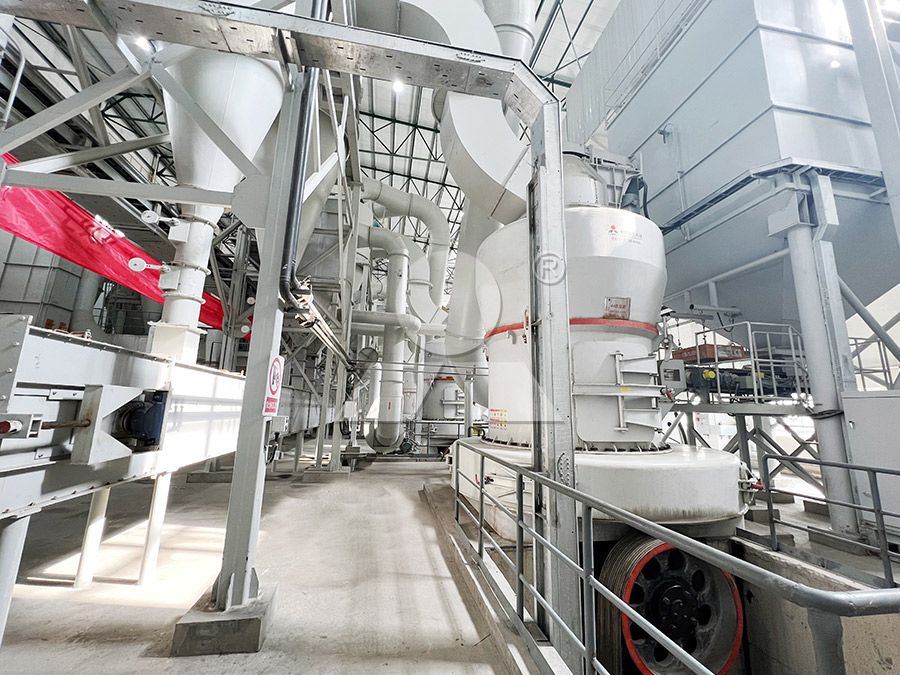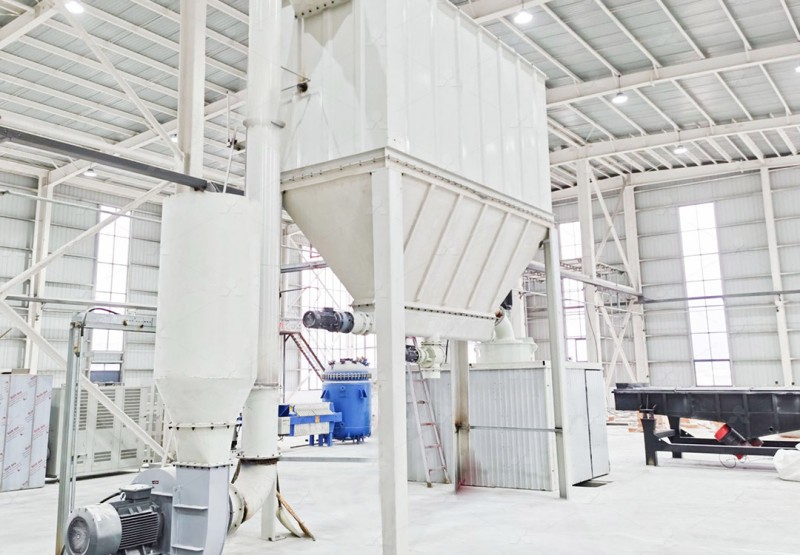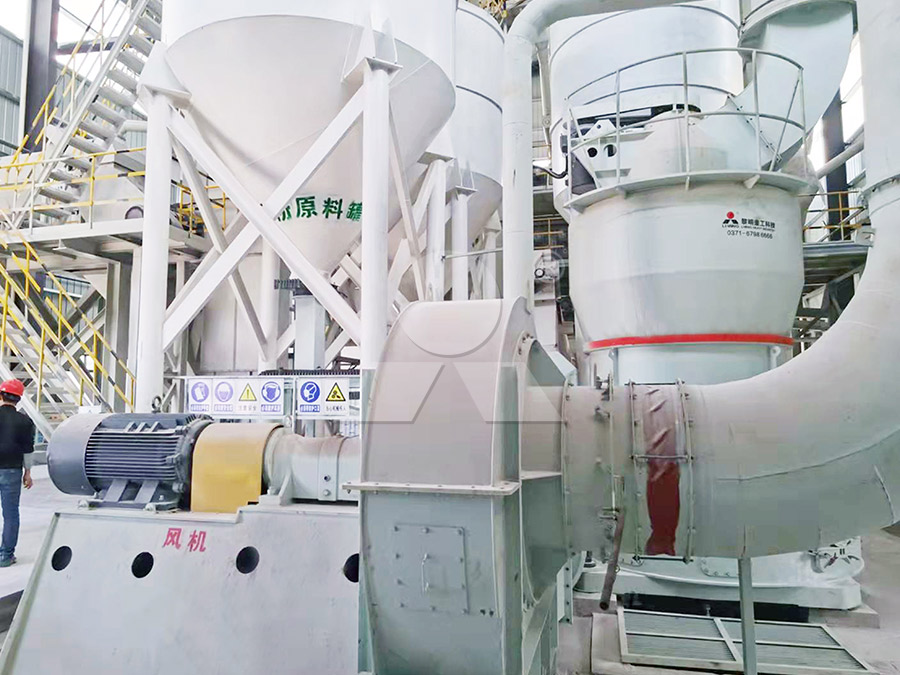How to Optimize Grinding Mill Performance for Maximum Efficiency
How to Optimize Grinding Mill Performance for Maximum Efficiency
In today’s competitive industrial landscape, maximizing grinding mill efficiency isn’t just an operational goal—it’s a financial imperative. Proper optimization can significantly reduce energy consumption, extend equipment lifespan, and improve final product quality. Through years of industry experience and technological innovation, we’ve identified key strategies that deliver measurable results.
Understanding the Fundamentals of Grinding Efficiency
Grinding efficiency fundamentally depends on the relationship between energy input and particle size reduction. Traditional mills often waste substantial energy through heat generation, vibration, and inefficient particle classification. Modern approaches focus on precise control over grinding parameters, including feed rate, material moisture content, and classifier settings.
One critical aspect often overlooked is the preparation of feed material. Ensuring consistent feed size distribution prevents mill overload and reduces unnecessary energy expenditure. Additionally, maintaining optimal material bed depth between grinding elements creates more efficient compression grinding rather than inefficient impact grinding.

Advanced Technologies for Enhanced Performance
The evolution of grinding technology has introduced several innovations that dramatically improve efficiency. Intelligent control systems now allow real-time adjustment of operational parameters, while advanced material science has produced more durable grinding components that maintain their efficiency over longer periods.
Among the most significant advancements is the development of specialized grinding mills designed for specific applications. For operations requiring ultra-fine powders with precise particle distribution, the MW Ultrafine Grinding Mill represents a technological leap forward. With an input size of 0-20 mm and capacity ranging from 0.5-25 tph, this equipment delivers exceptional performance where traditional mills fall short.
Key Operational Strategies for Peak Performance
Regular maintenance remains the cornerstone of grinding mill optimization. Implementing a proactive maintenance schedule that includes inspection of wear parts, lubrication system checks, and alignment verification can prevent unexpected downtime and maintain consistent output quality.
Operator training cannot be overstated—knowledgeable personnel who understand the relationship between operational adjustments and their effects on final product quality can fine-tune processes for optimal results. Monitoring systems that track power consumption, vibration levels, and temperature provide valuable data for predictive maintenance and performance optimization.

Selecting the Right Equipment for Your Application
Different materials and production requirements demand specialized grinding solutions. For operations processing limestone, calcite, dolomite, or similar materials in the chemical, paint, cosmetics, or food additive industries, the MW Ultrafine Grinding Mill offers distinct advantages.
This machine’s innovative design eliminates rolling bearings and screws in the grinding chamber, removing common failure points that plague conventional mills. The integration of efficient pulse dust collection and noise reduction technologies ensures environmentally responsible operation without compromising performance. The cage-type powder selector, incorporating German technology, enables precise fineness adjustment between 325-2500 meshes with exceptional separation accuracy.
For operations requiring vertical grinding solutions, the LUM Ultrafine Vertical Grinding Mill provides outstanding performance with input size of 0-10 mm and capacity of 5-18 tph. Its unique roller shell and lining plate grinding curve design promotes efficient material layer formation, enabling high finished product rates through single-pass powder milling.
Environmental Considerations and Sustainability
Modern grinding operations must balance efficiency with environmental responsibility. Advanced dust collection systems, noise reduction technologies, and energy-efficient designs now represent standard expectations rather than optional extras. The MW Ultrafine Grinding Mill exemplifies this approach with its integrated pulse dust collector that eliminates dust pollution throughout the entire milling system.
Energy consumption represents both an operational cost and environmental concern. Compared to traditional jet grinding mills, the MW Ultrafine Grinding Mill reduces system energy consumption by approximately 70% while increasing production capacity by up to 40% under identical fineness and power conditions.

Frequently Asked Questions
What is the most important factor in grinding mill optimization?
Consistent feed material characteristics and proper equipment selection for the specific application are equally critical. Without these fundamentals, other optimization efforts yield limited results.
How often should grinding mill maintenance be performed?
Maintenance frequency depends on operational hours, material abrasiveness, and environmental conditions. Generally, comprehensive inspections should occur every 400-800 operating hours, with daily checks on lubrication systems and wear indicators.
Can older grinding mills be upgraded for better efficiency?
Many older mills can benefit from retrofitted classifiers, modern control systems, and upgraded grinding elements. However, the return on investment must be evaluated against the superior efficiency of new-generation equipment.
What advantages does the MW Ultrafine Grinding Mill offer over traditional designs?
The MW Mill provides higher yield with lower energy consumption, adjustable fineness between 325-2500 meshes, elimination of internal rolling bearings and screws that commonly fail, and integrated environmental controls that minimize dust and noise pollution.
How does material moisture content affect grinding efficiency?
Excessive moisture causes material adhesion, reducing grinding efficiency and potentially leading to mill clogging. Most efficient operation occurs with moisture content below 5%, though this varies by material type.
